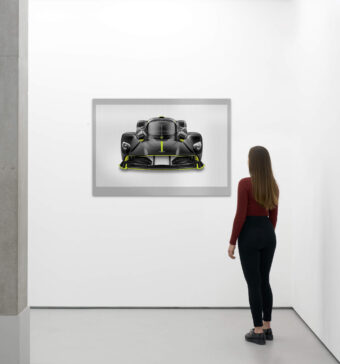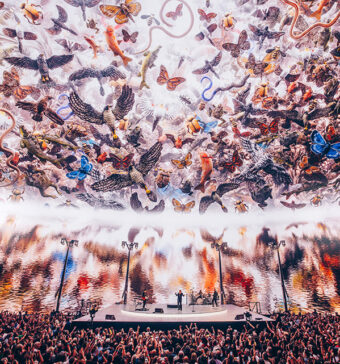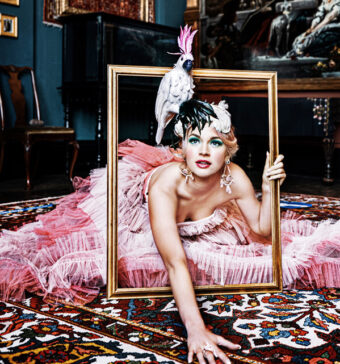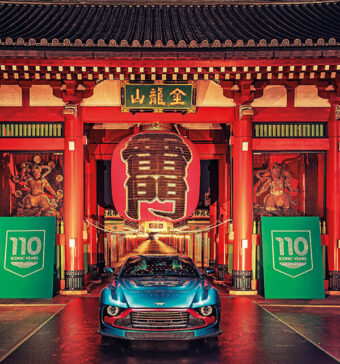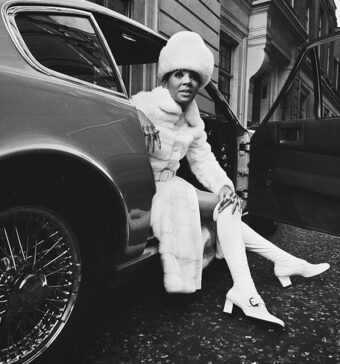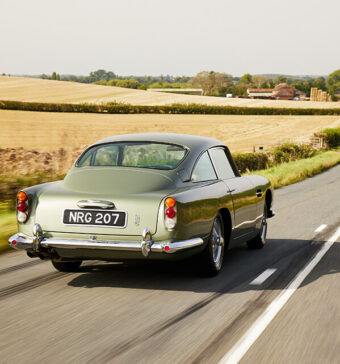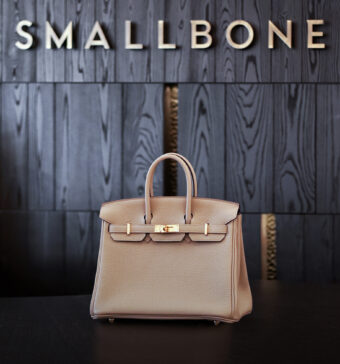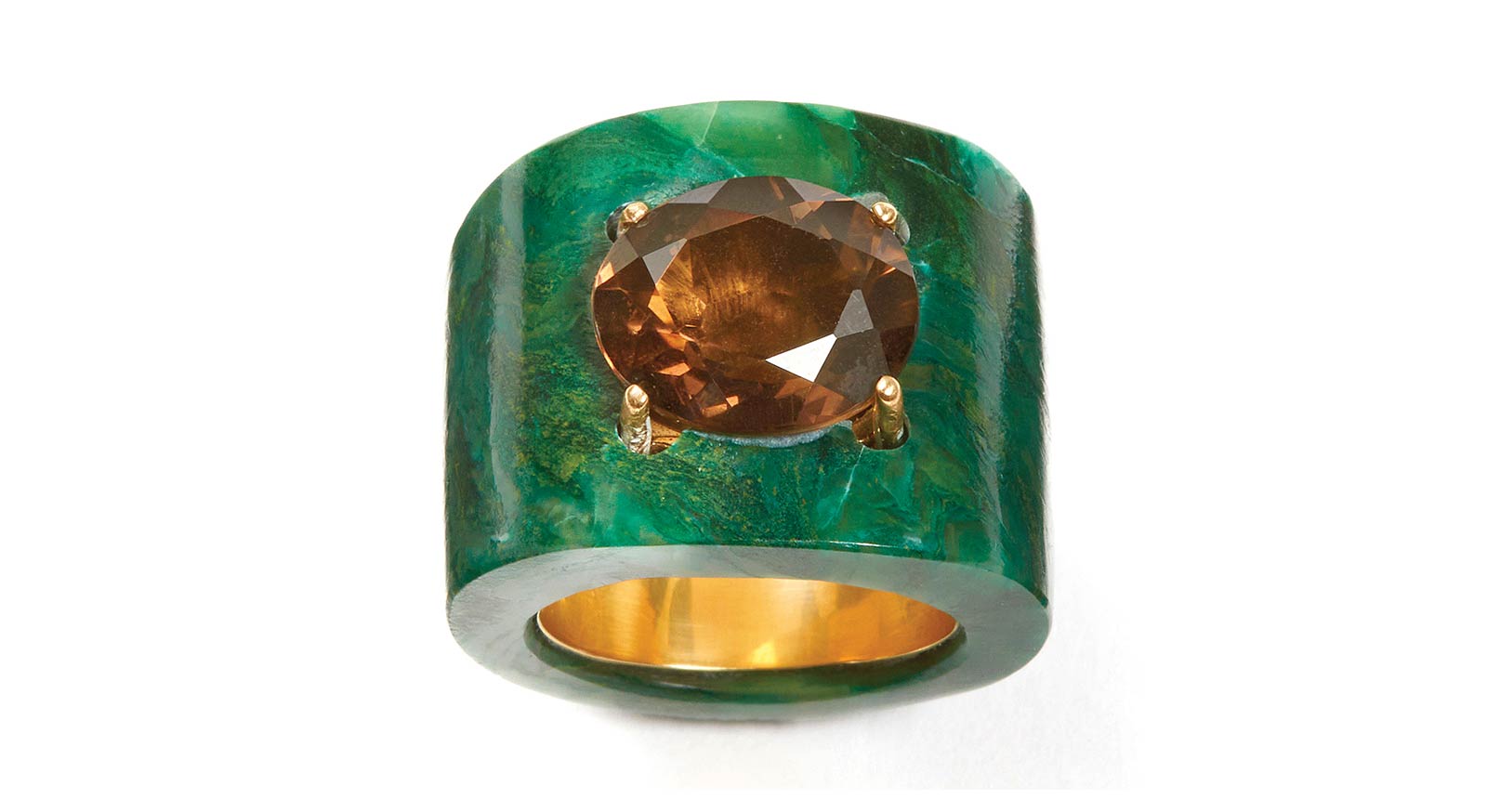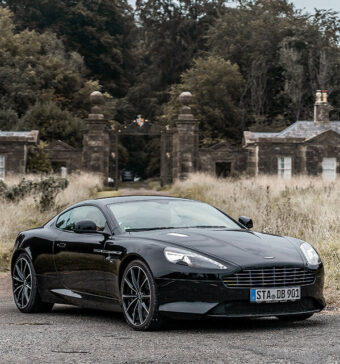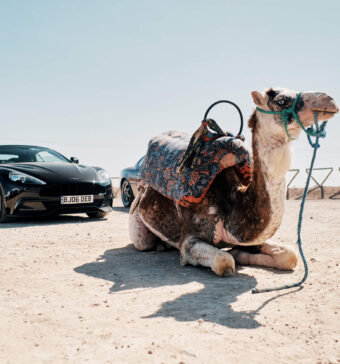The colour green, long associated with emeralds in fine jewellery, has recently expanded to include jade. But this isn’t quite the whole story. Jade is used as an umbrella term to describe the minerals nephrite and jadeite.
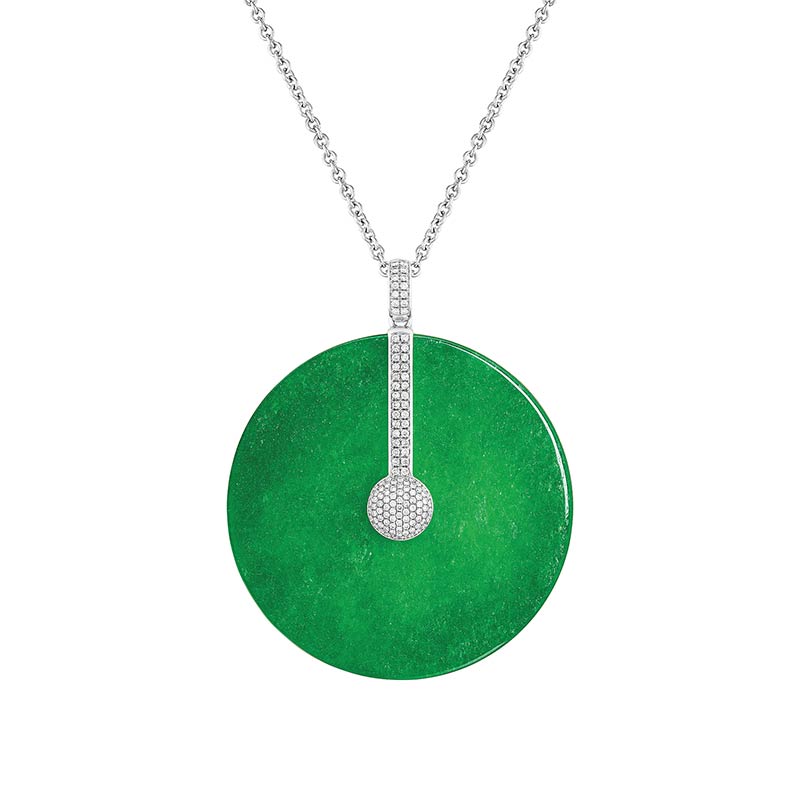
In China, nephrite came first, around 5,000 years ago. Jadeite, which in its finest form is known as imperial jade, came later. Since antiquity, jade has been highly prized. Museum pieces that stand as testament to this include the 6,000-year-old Canterbury Axe and the distinctive death mask of 7th-century Mayan king Pakal the Great. It isn’t just the allure of its colour – jade doesn’t shatter or break when carved.
Currently, at the Metropolitan Museum in New York, an exhibition entitled A Passion For Jade: The Bishop Collection, is showcasing outstanding carved objects such as vases, incense burners, horses, elephants and sword handles. It is one of the world’s largest collections assembled, donated to the museum in 1902 by philanthropist Heber Bishop. Some of the objects come from Mughal, India but most originate from China. Indeed, carved jade has always been thought of as the Chinese stone, immortalised by Confucius who equated it with human virtues such as intelligence, truth and loyalty, which, just like jade, endure.
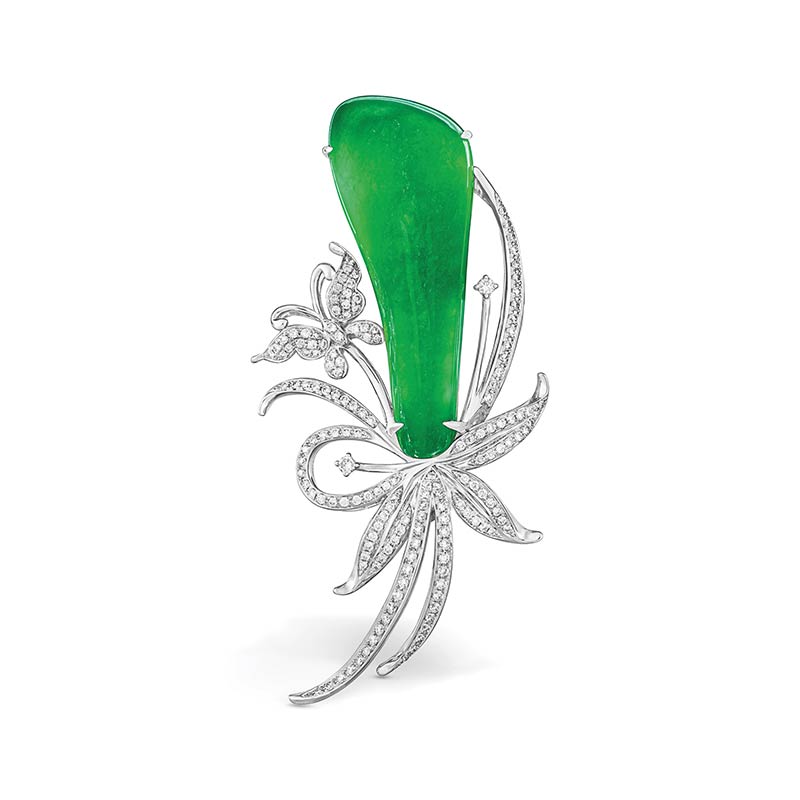
Popularised in the 18th century, the finest jadeite was introduced to China from Myanmar and used in court necklaces of the imperial Qing dynasty, which lasted until 1912. Myanmar, a country whose gemstones are subject to UK, Canada and US sanctions, further adding to its scarcity, remains the primary source to this day. In the West, jadeite, aka imperial jade, was at its zenith during the Art Deco period, used by Cartier, San Francisco-based Marsh & Co. and Asprey. Today, many storied jewellery houses source it on the secondary market, while collectors seek out heirloom pieces or new creations that incorporate heirloom stones.
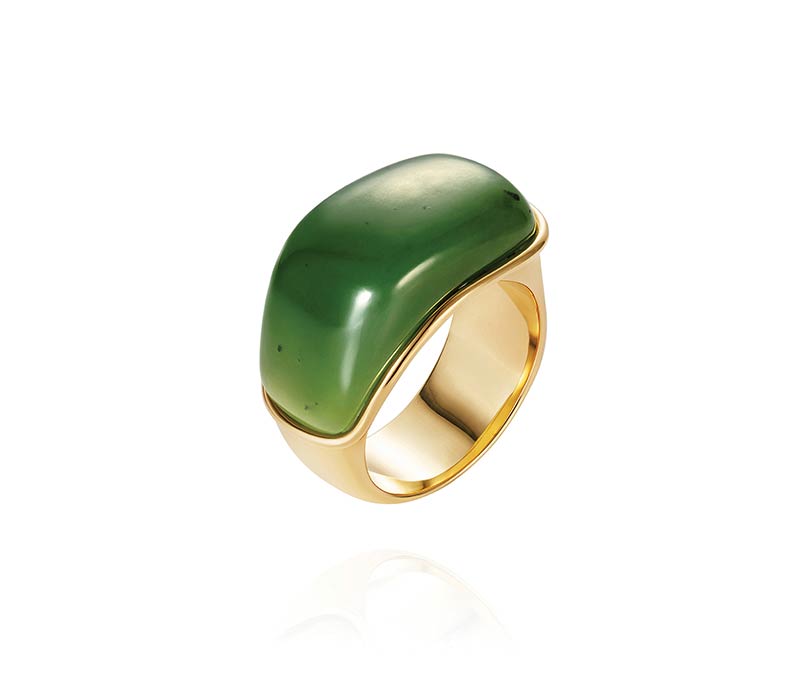
In 2014, the Cartier Collection bought the Hutton-Mdivani necklace at auction for a record-breaking $27.44 million; so named because it was given to heiress Barbara Hutton as a wedding gift from her father in 1933. It comprises 27 jadeite beads and incorporates platinum, gold, diamonds and rubies. In November 2022, a necklace composed of 49 graduated jadeite beads of intense, emerald green colour and good translucency sold at Bonhams Hong Kong for HK$5,521,800 ($703,414).
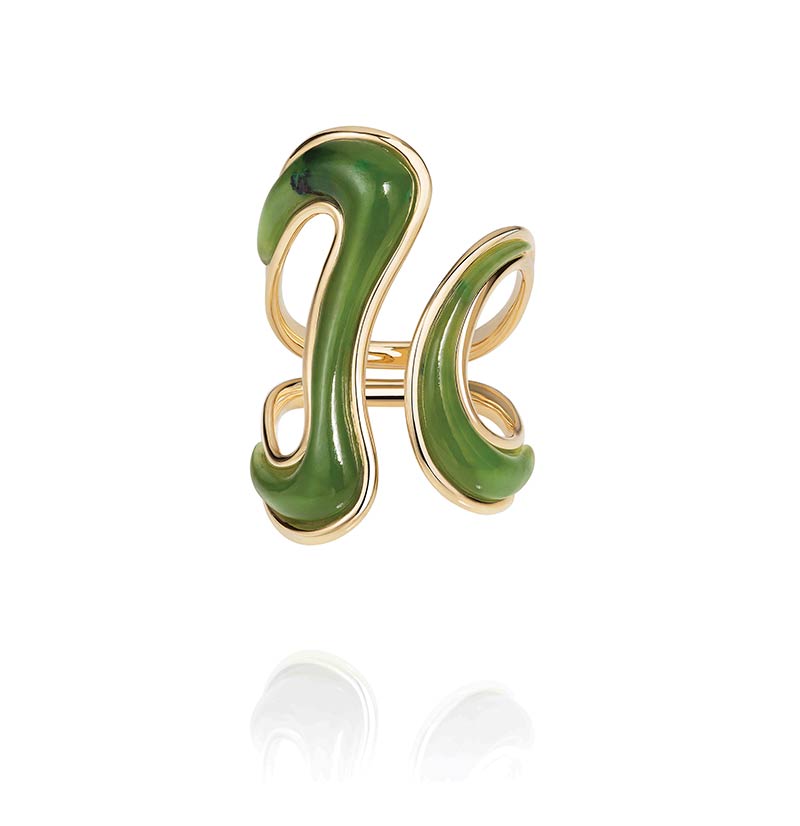
“Jadeite bead necklaces are the most collectible items within the sphere of jadeite jewellery,” explains Stewart Young, Bonhams Director of Jewellery and Head of Department, Asia. “The jadeite value is judged firstly on the colour and hue, then on the clarity and translucency. Jadeite beads must be carved from one boulder to acquire the same colour and texture, and is why a combination of matching beads is rarer than a single jadeite cabochon.”
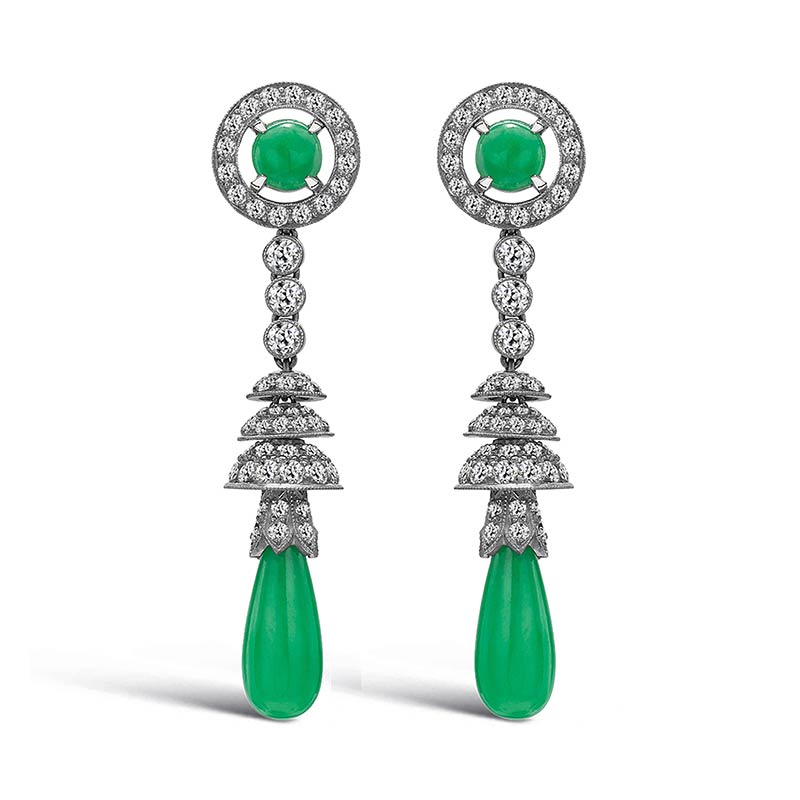
Boghossian claims that its natural jadeite bead and diamond sautoir for sale in its Hong Kong boutique (POA), featuring seven near flawless jadeite Buddha’s head beads, larger than those that featured in the Hutton-Mdivani necklace, is the largest jadeite bead necklace ever conceived.
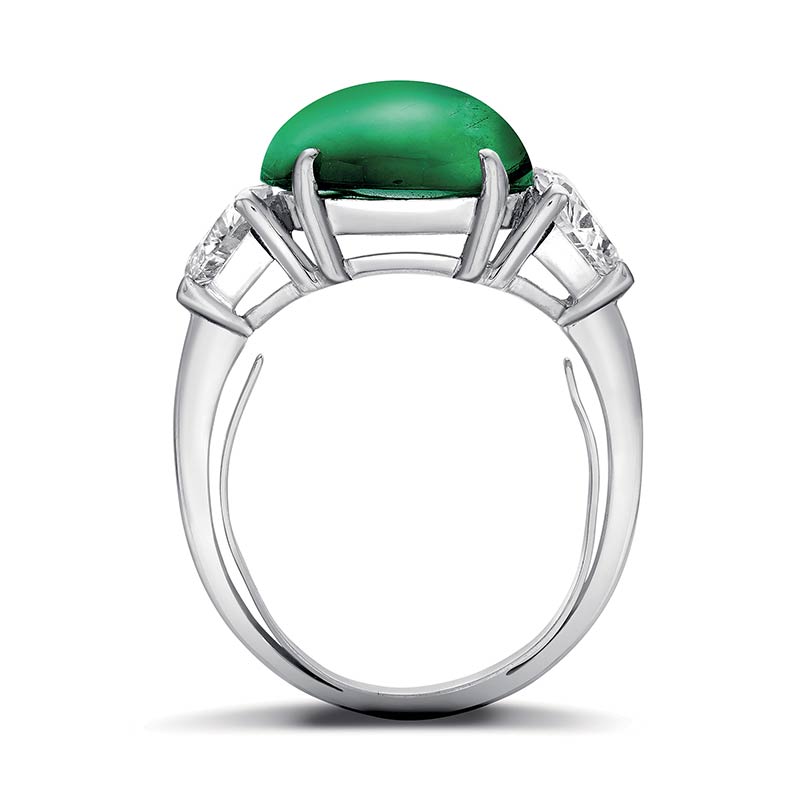
Last November, Asprey unveiled an exquisite 60-piece collection of heirloom pieces and newly made high jewellery, shown by appointment only. It also announced its partnership with the Oxford University Department of Earth Sciences to establish a standardised and uniform process to provide transparency on quality and to improve the worldwide certification of jadeite. Together, they have developed a proprietary technology to laser etch a certification code in the jadeite, below the surface, and build a database of historical pieces. Going forward, this has the potential to change the way the material is appraised.
Currently, Pragnell in Mount Street, London, is selling a mix of antique jewellery and contemporary pieces ranging in price from £26,725–£88,725. The latter are created in its workshops using fine jadeite sourced from antique pieces. “These can range from single cabochons of the finest quality to opaque carved jade, set into intricate pieces of jewellery,” explains Managing Director Charlie Pragnell. “Whilst the very finest pieces have commonly been acquired by Chinese clients, we are seeing clients from Europe and America purchase these fine pieces.”
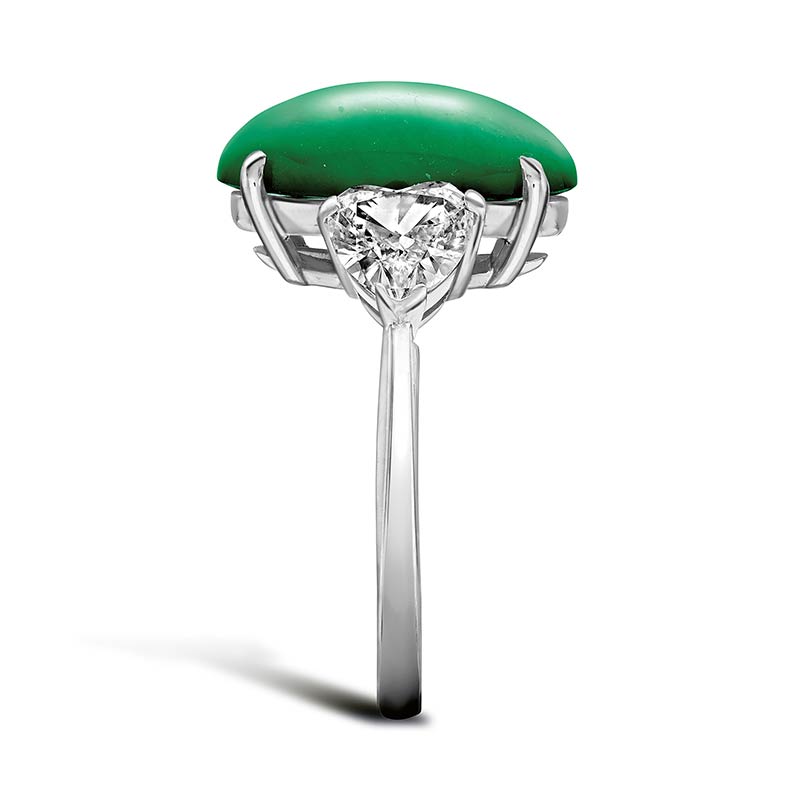
According to Marcus Teo, the Hong Kong-based head of brand and marketing at Chow Tai Fook High Jewellery, there is always an interest in jade from all generations. “From my point of view, younger Asian consumers appreciate that it can be a great material but there has not been a super cool designer or brand that has blown it up. That said, it will be one of the next big things post men in pearls.”
The number of contemporary fine jewellery designs that incorporate jade – either nephrite or jadeite – is growing. London-based jewellery artist and maker Alexandra Jefford was approached by a client from Singapore to reimagine a traditional jadeite ring. “She came to me because she loves my designs and likes what I do with jade,” explains Jefford, whose bespoke design combined jadeite, Tahitian pearl, tumbled rubellite and diamond pave. According to Valerie Genty, founder, and director of specialist fine jewellery e-tailer Ethos of London, which sells earrings by Silvia Furmanovich featuring green tourmalines and a carved jade centre, there has been a rising interest in jade and in jadeite from Middle Eastern clients. Over in Marylebone, the gallery Objet d’Emotion is selling pieces crafted from Brazilian jade by the Canadian jeweller Marisa Klass.
Treasured in places like Taiwan, Hong Kong, Singapore, Korea and Japan, jade was immortalised 2,500 years ago by Confucious in the Book of Rites when he wrote: “The wise have likened jade to virtue. For them, its polish and brilliancy represent the whole of purity; its perfect compactness and extreme hardness represent the sureness of intelligence…” Almost certainly, he was writing about nephrite, a distinct mineral that is less vivid, less opalescent and doesn’t command the tens of thousands, even millions that imperial jade does.
And yet, the celebrated Brazilian fine jeweller Fernando Jorge is popularising nephrite in a dark green that he carves into fluid shapes and combines with gold, diamonds, or tourmalines. “There is a lot of curiosity around it, but I don’t think there is much knowledge,” he explains.
Indeed, in 2022 Richard Hughes published and edited Jade: A Gemologists Guide because he felt an in-depth appraisal of jade written in English was lacking. Jorge, who is at the forefront of contemporary design and has an international celebrity following, has always sought to use atypical materials and minerals in his distinctive pieces. It seems his use of nephrite is paying off. “New clients from Singapore and Hong Kong have sought us out and visited our London showroom after discovering our pieces featuring carved jade,” he explains. “Seeing this traditionally treasured material in a sculptural, contemporary setting has been a big draw.”







